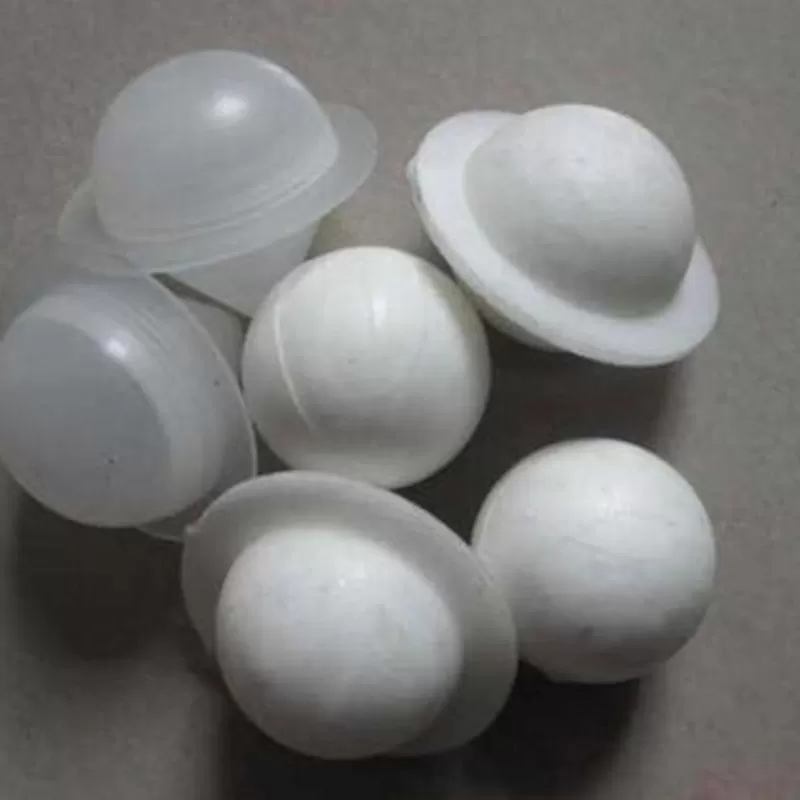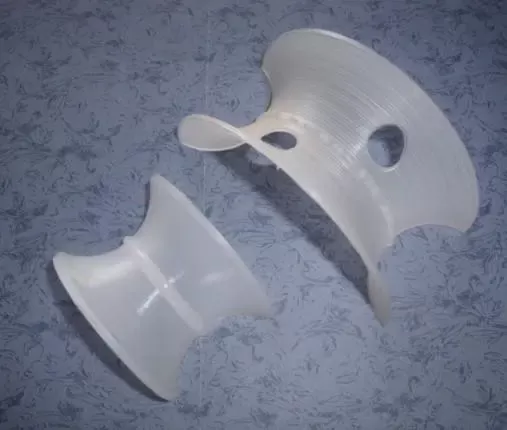Plastic nano - packing, with its unique properties, plays a crucial role in various fields. However, agglomeration has always been a major problem restricting its application. This article will explore effective ways to reduce the agglomeration of plastic nano - packing.

Surface modification is one of the most commonly used methods. By modifying the surface of plastic nano - packing, the interfacial properties between the packing and the matrix can be improved. For example, using coupling agents to treat the surface can form a layer of coating on the surface of the nano - packing, which reduces the van der Waals force between particles, thereby preventing agglomeration. Different coupling agents have different effects, and selecting the appropriate one according to the type of plastic matrix and nano - packing is the key to achieving good results.

Controlling the preparation process is also essential. In the process of preparing plastic nano - packing, parameters such as reaction temperature, time, and concentration will affect the size and distribution of the packing. Reasonable control of these parameters can avoid the formation of large particles and reduce the possibility of agglomeration. For instance, maintaining a suitable reaction temperature can ensure that the nucleation and growth of the packing are carried out in an orderly manner, preventing excessive growth and agglomeration.
Mechanical dispersion techniques are widely applied in industrial production. Methods such as high - speed stirring, ultrasonic dispersion, and ball milling can break up the agglomerated nano - packing. High - speed stirring uses strong shear force to disperse the particles, while ultrasonic dispersion utilizes ultrasonic waves to generate cavitation effects, which can effectively separate the agglomerated particles. Ball milling, on the other hand, achieves dispersion through the collision and friction between grinding balls and particles.
In addition, the selection of appropriate matrix materials is also important. The compatibility between the matrix and the plastic nano - packing has a great impact on agglomeration. If the compatibility is good, the packing can be evenly dispersed in the matrix, reducing the tendency of agglomeration. Therefore, when choosing the matrix, it is necessary to fully consider its compatibility with the nano - packing.
In conclusion, reducing the agglomeration of plastic nano - packing is a comprehensive task that requires the combination of surface modification, process control, mechanical dispersion, and matrix selection. Only by taking various measures can the agglomeration problem be effectively solved, and the performance of plastic nano - packing be fully exerted.



